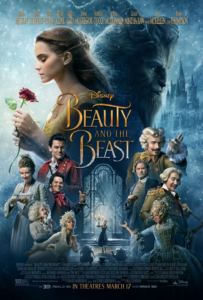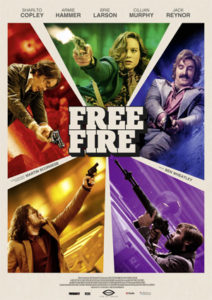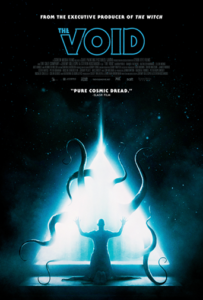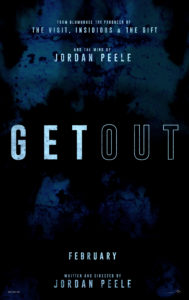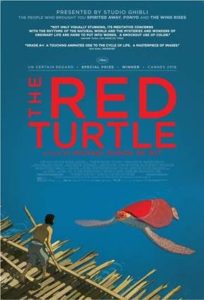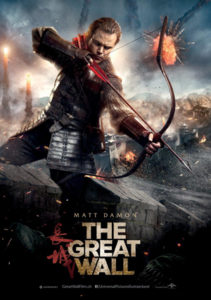Starring: Sharlto Copley, Brie Larson and Armie Hammer
Directed By: Ben Wheatley
Rated: R
Running Time: 90 minutes
A24
Our Score: 3 out of 5 Stars
Guns, swearing and an ensemble cast. Sometimes that’s all you need. At least that might have been the idea behind “Free Fire,” a 90-minute dark comedy meant to entertain and amuse those sick enough to sift through its violence to unearth the humor and enjoy the over-the-top gunplay. “Free Fire” is heavy on style and short enough to justify the full-fledged warehouse shootout, but its lack of storytelling substance and handful of one-dimensional characters risks shooting it down entirely.
Chris (Cillian Murphy) and Frank (Michael Smiley) are representatives with IRA, in Boston to purchase weapons from gun runner, Vernon (Copley). Mediating for the gun runner is Ord (Hammer) and Justine (Larson) for the IRA. Each side has their own underlings to schlep the merchandise around and nothing seemingly goes right during the late night meet-up. Things come to a head when underlings from both sides know one another and before you know it, the bullets start flying.
There are enough off-the-cuff remarks to understand that a few people in the overall group are a part of an underlying double cross, even before things go South. However, there’s just not enough information to fully understand the backstabbing that was about to take place before all Hell broke loose. The secondary plot at work seems inconsequential when everyone’s ready to kill each other off until the bitter end. It’s a story full of bullet holes, but I doubt “Free Fire” was concerned about that.
The movie is written and directed by Bill Wheatley, who certainly has a unique and perceptive style. “Free Fire” is so tightly filmed; it truly feels like a never ending gun battle without a dull moment in sight, unless of course you loathe brainless violence. Wheatley’s no stranger to content that will certain hook some while completely turning off others. “High-Rise” is a movie that’s intentionally repugnant, rewarding those that dig through the putrid humanity for the meaning and infuriating for those that prefer a much cleaner, deeper message.
“Free Fire” doesn’t serve a purpose other than to entertain and pay homage to late-night action movies of the 70’s and 80’s. It’s certainly a movie that Quentin Tarantino would have watched at the video store he was employed at if “Free Fire” had come out about four decades ago. Of course that would have influenced Tarantino to make a better movie. I would have preferred a story to “Free Fire” and much meatier characters so that their sass had more of a bite and their deaths were more consequential.
If “Free Fire” fails at the box office, it’ll surely become a cult classic, but if it succeeds, it’ll be shuffled to the side as a retro tribute to bygone action films. Regardless, “Free Fire” is crass escapism with some of the best filmed gunplay in recent memory. If you’re hoping for a little oomph to the plot and characters, outside of witty one-liners, you’ll be disappointed. If I could make a recommendation with what should accompany this movie, it would be alcoholic beverages and friends who bring out the immaturity in you.
